Forums
- Forums
- Duggy's Reference Hangar
- Misc Library
- VL Myrsky
VL Myrsky
Post a reply
- Go to Previous topic
- Go to Next topic
- Go to Welcome
- Go to Introduce Yourself
- Go to General Discussion
- Go to Screenshots, Images and Videos
- Go to Off topic
- Go to Works in Progress
- Go to Skinning Tips / Tutorials
- Go to Skin Requests
- Go to IJAAF Library
- Go to Luftwaffe Library
- Go to RAF Library
- Go to USAAF / USN Library
- Go to Misc Library
- Go to The Ops Room
- Go to Made in Germany
- Go to Campaigns and Missions
- Go to Works in Progress
- Go to Juri's Air-Raid Shelter
- Go to Campaigns and Missions
- Go to Works in Progress
- Go to Skinpacks
- Go to External Projects Discussion
- Go to Books & Resources
-
 Main AdminDevelopment
Main AdminDevelopment
The decision to start developing a new fighter for the Finnish Air Force was based on experience gained before the Winter War: in the "arms race" leading up to a war, smaller nations can have difficulty purchasing top-of-the-line fighters without a significant political cost. The Finnish Air Force requested preliminary proposals for a domestic fighter from State Aircraft Factory (Valtion Lentokonetehdas) in early 1939, before the Winter War. State Aircraft Factory prepared five alternative proposals by May 1939. After that, The Ministry of Defence ordered the fighter design from State Aircraft Factory in June 1939.
The preliminary design was made by the aircraft-designer trio Arvo Ylinen (head of the design-bureau), Martti Vainio (aerodynamics), and Torsti Verkkola (structural design). Edward Wegelius was appointed head of the design department of the State Aircraft Factory when Ylinen later moved on to the Helsinki University of Technology in August 1940. VL did not appoint any main constructor to its products, such as the German aircraft manufacturers did.
Due to difficulties obtaining duraluminium, the wings were made out of plywood and the fuselage was metal structure with a fabric and plywood skin. The planned Bristol Taurus III engine was not available due to war, so a Pratt & Whitney R-1830 (civil Twin Wasp) was chosen. Availability of this engine was also problematic, so the first prototype used an R-1830-S3C3-G, while later prototypes and production fighters used less-powerful SC3-Gs. Finland bought these engines from German war booty stocks.
The first Myrsky prototype flew on 23 December 1941.The prototype was fully functional, but too heavy. After some modifications they soon had three new prototype aircraft. The test flights showed some structural problems during high-speed tests. All three prototypes were destroyed during test flights; two test pilots died, one was seriously injured. The culprit was found to be aeroelastic flutter, which was a poorly known phenomenon at the time. Resolving the flutter problem took almost a year.
Series production started in autumn 1942 far before German deliveries of Messerschmitt Bf 109 had begun in 1943. The series production version was called the Myrsky II. 47 Myrsky IIs were built and together with the Myrsky I version and Myrsky prototype the production amounted to 51 in all. Although the aircraft met the specifications set for it, it did not fulfill all expectations due to structural problems.
The Myrsky III was ordered in spring 1943, but none were built.
Operational history
Reconnaissance Squadron 12 received their first Myrskys during August 1944. Thirty Myrskys were delivered to Reconnaissance Squadrons 12 and 16 before the end of the Continuation War.
Fifteen Myrsky fighters flew 68 missions during the Continuation War. During one mission, they met Soviet Yak-7s, but the fight ended without losses for either side. During two other missions, Myrskys damaged two Soviet fighters, which were both destroyed on landing. Six Myrskys took part in a bombing mission on 3 September 1944.
During the Lapland War, six Myrskys flew 13 reconnaissance missions during November 1944. The wooden construction proved problematic in this theatre, not enduring wet weather or cold well. The war time Lukko glue, manufactured from ersatz materials, which was used for gluing the wooden parts, did not stand rain, frost and humidity, and the glue seams disintegrated, sometimes with disastrous results.
Ten Myrskys were lost in accidents between 1943 and 1947 and four pilots died. Myrsky usage ended in May 1947 and the last Myrsky flight was in February 1948.
The Myrsky proved fast and manoeuvrable enough to dogfight the contemporary Soviet aircraft; it was the second fastest Finnish Air Force airplane after the Messerschmitt Bf 109G. Pilots liked the plane as it had good cockpit ergonomics and decent flight and ground handling properties. Its aerodynamic design was excellent, and was later used on the VL Pyörremyrsky fighter and the Valmet Vihuri trainer. Its wide undercarriage gave it decent ground-handling properties. Its main drawback was the construction method: the ersatz materials simply did not stand up to the harsh Finnish weather.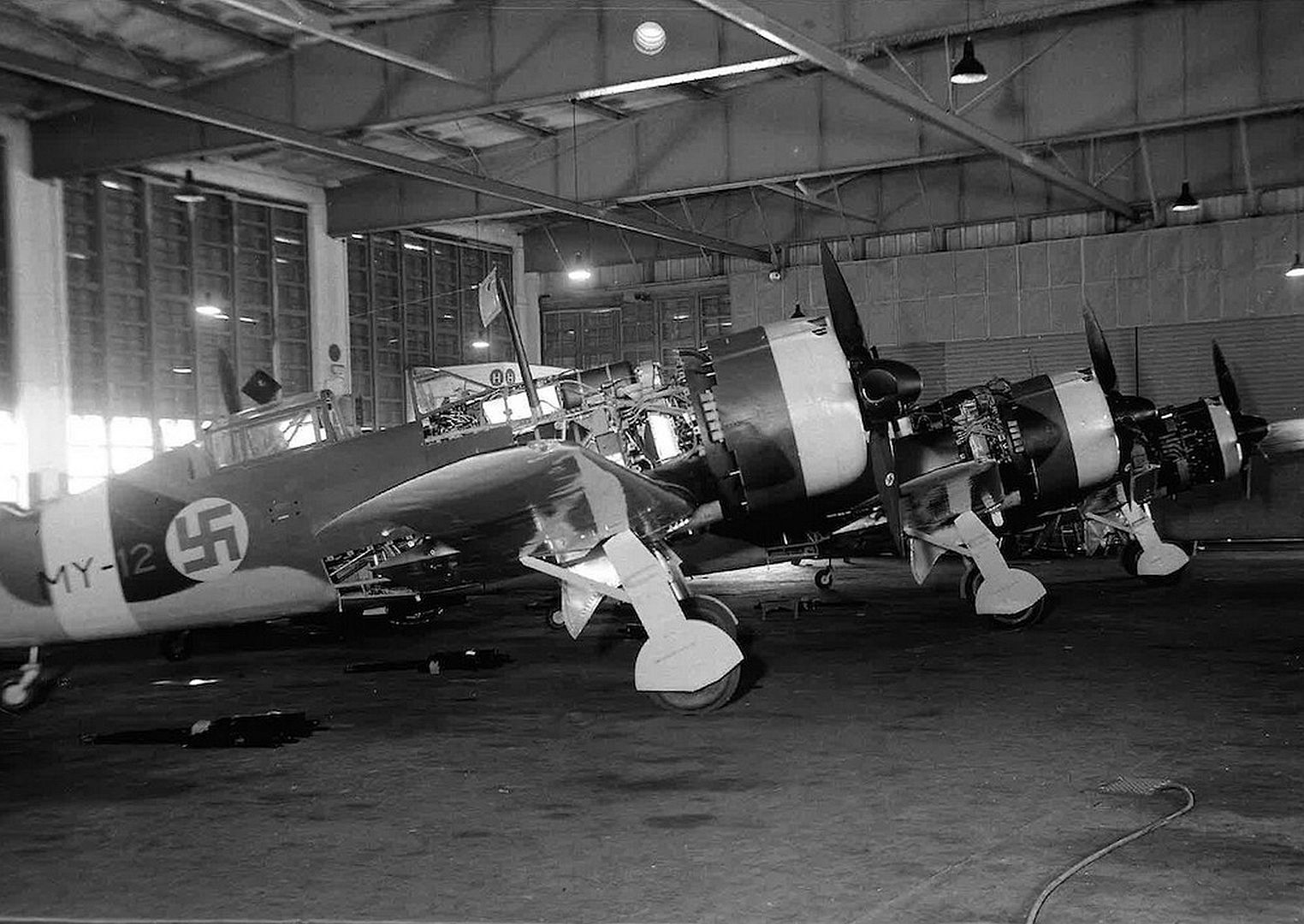
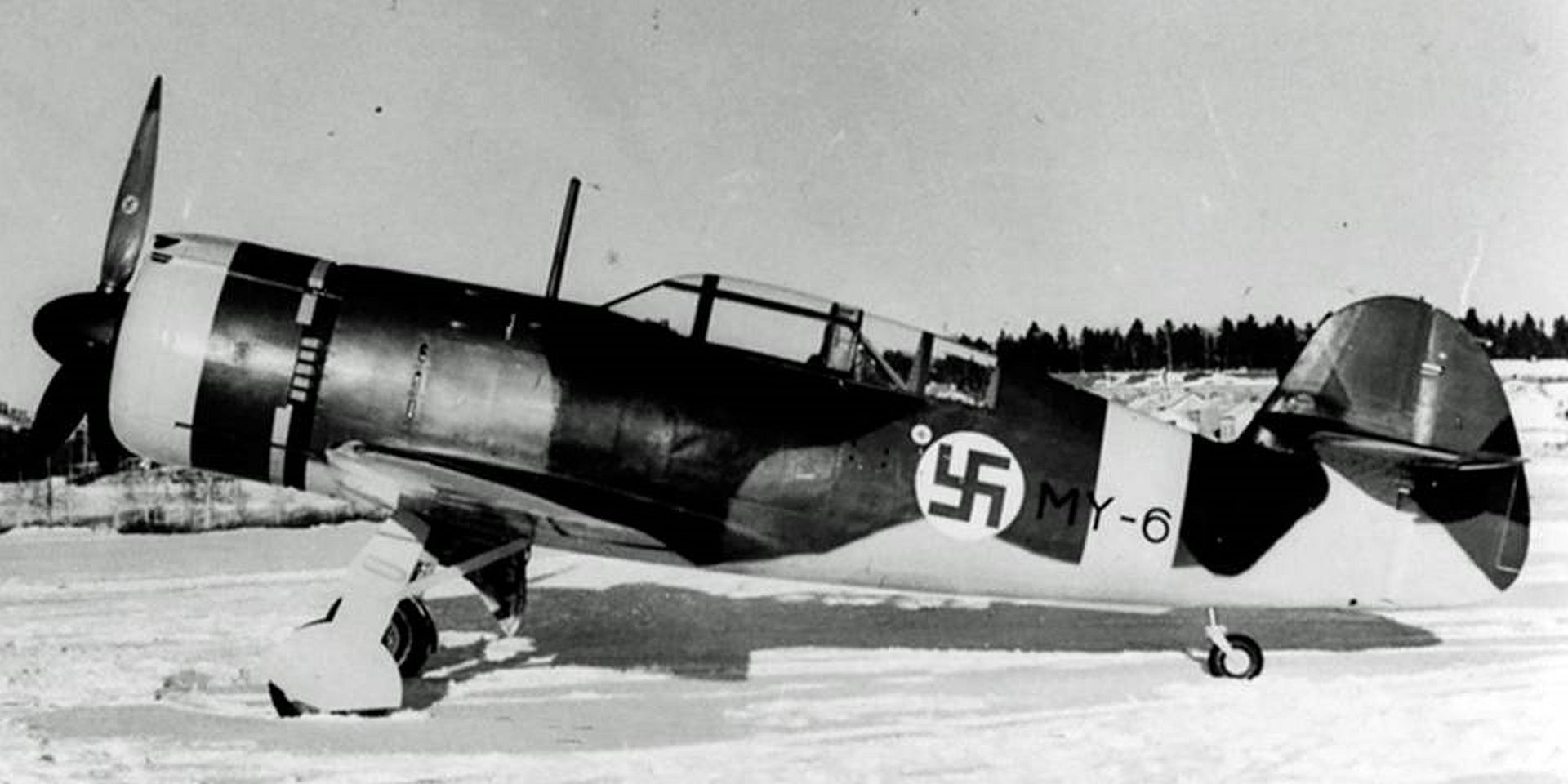
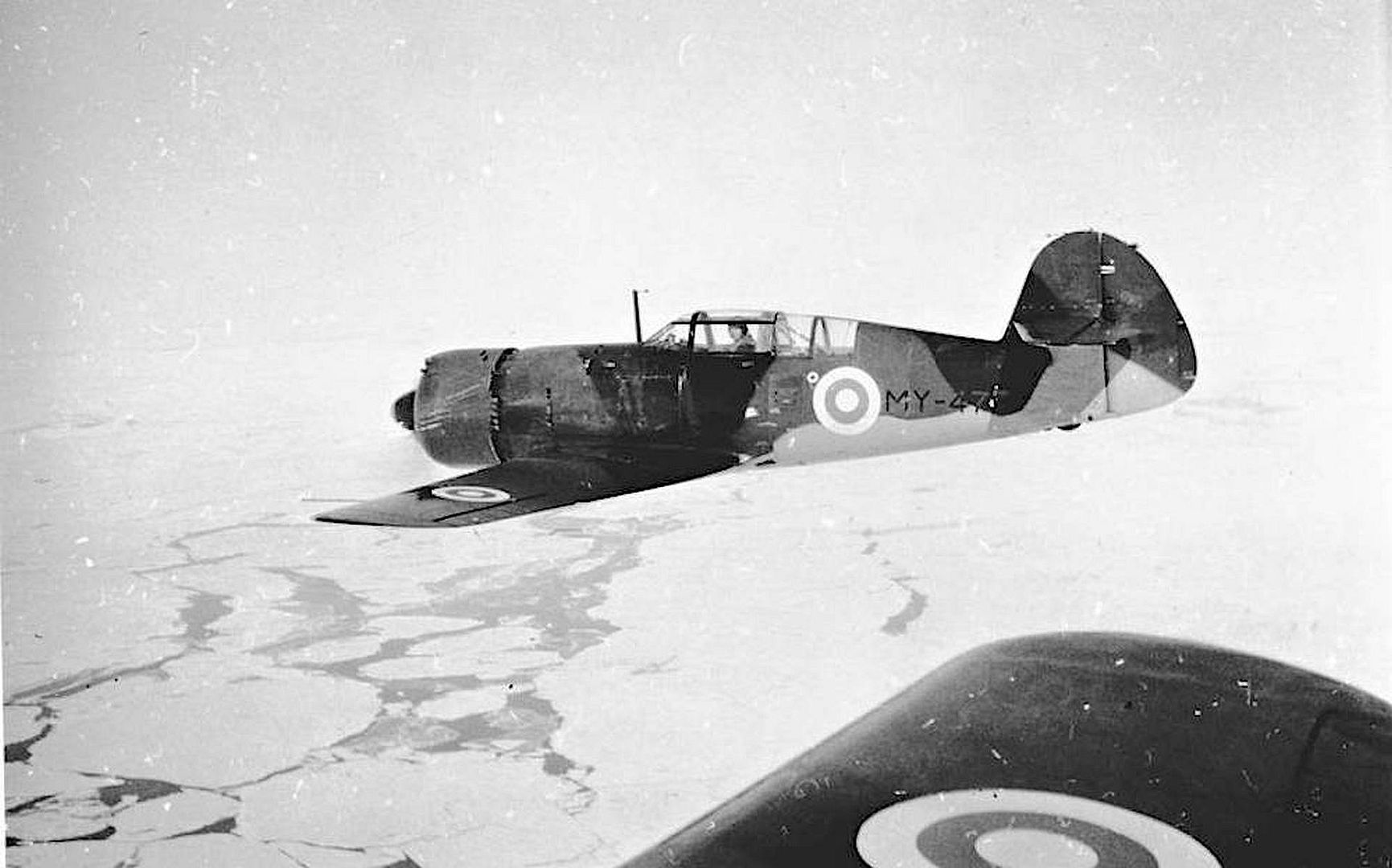
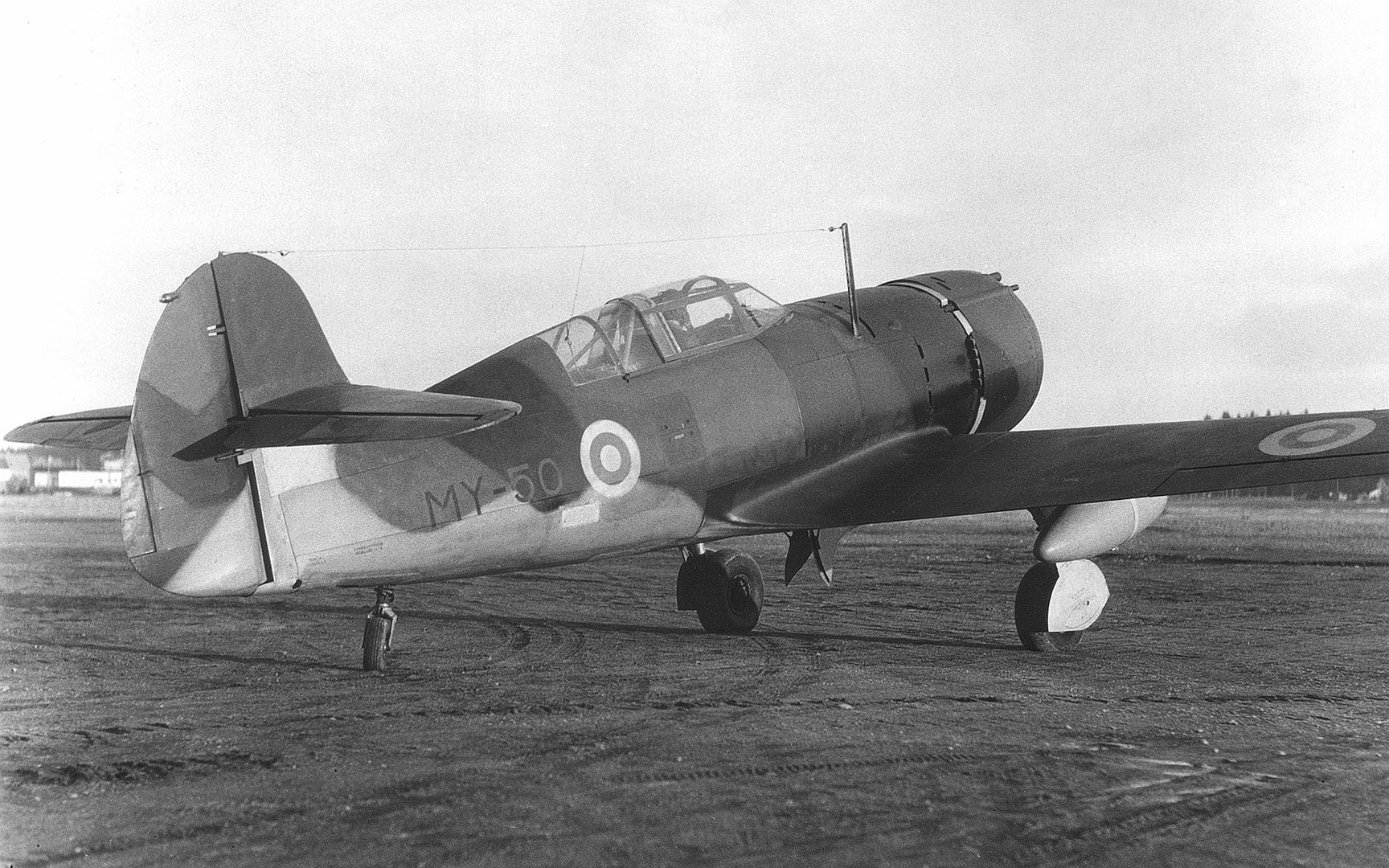
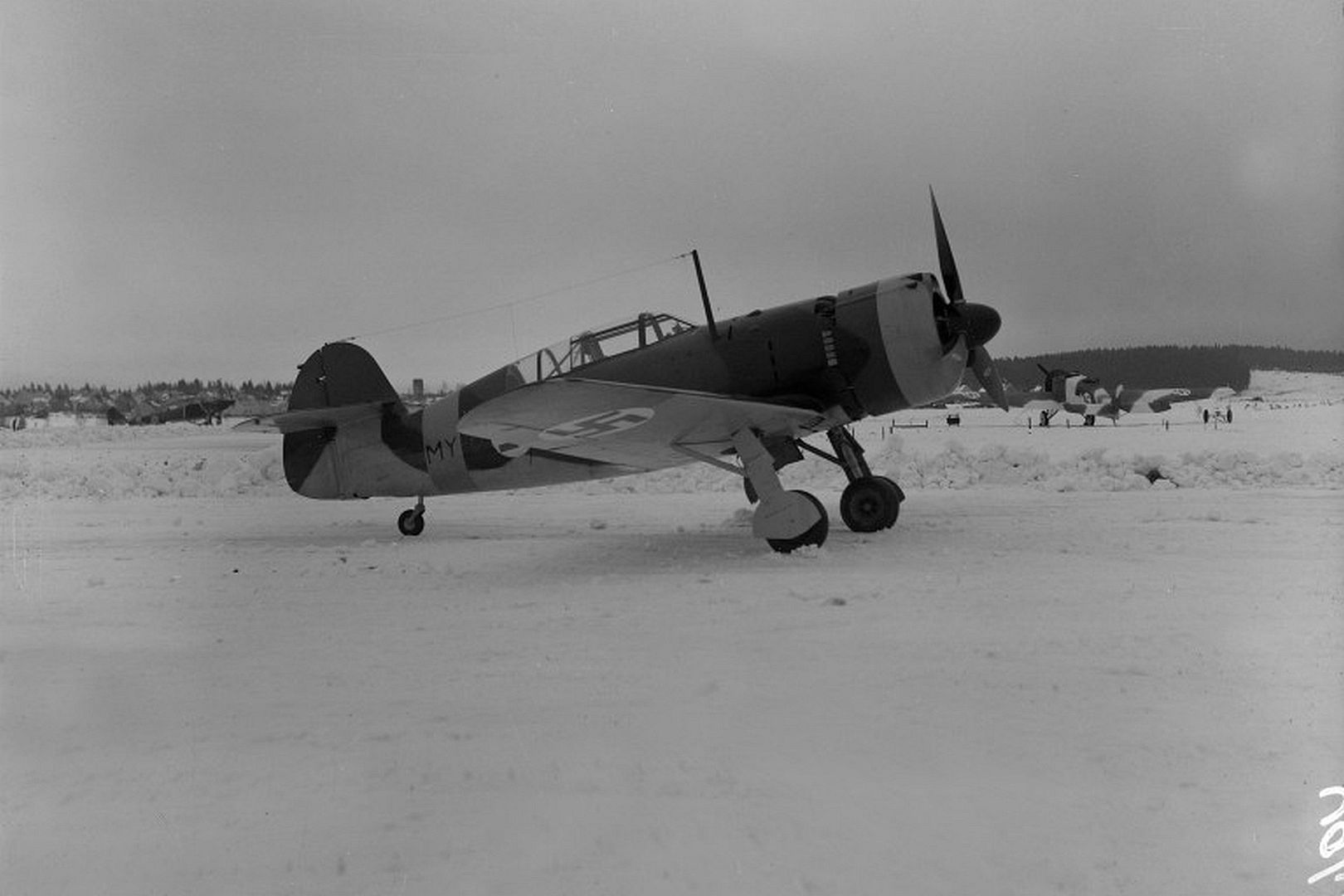
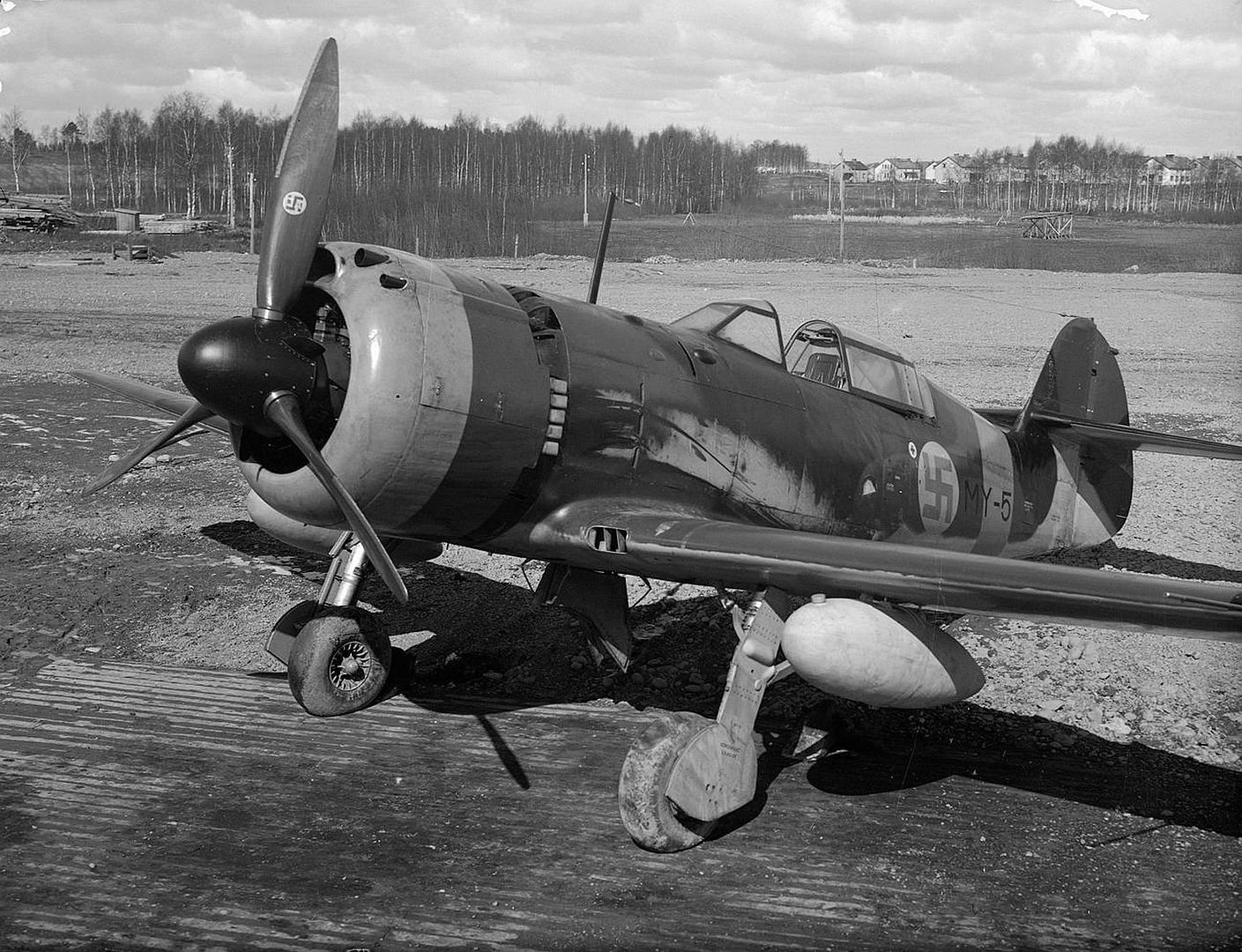
Specifications (VL Myrsky II)
General characteristics
Crew: 1
Length: 8.35 m (27 ft 5 in)
Wingspan: 11 m (36 ft 1 in)
Height: 3 m (9 ft 10 in)
Wing area: 18.000 m2 (193.75 sq ft)
Empty weight: 2,332 kg (5,141 lb)
Gross weight: 2,947 kg (6,497 lb)
Max takeoff weight: 3,211 kg (7,080 lb)
Fuel capacity: 300 l (79 US gal; 66 imp gal) internal plus 2x 150 l (40 US gal; 33 imp gal) drop tanks
Powerplant: 1 × SFA-built Pratt & Whitney R-1830-SC3-G Twin Wasp 14-cylinder two-row air-cooled radial piston engine, 794 kW (1,065 hp)
Propellers: 3-bladed VLS 8002 constant-speed propeller
Performance
Maximum speed: 529.5 km/h (329.0 mph, 285.9 kn)
Cruise speed: 399 km/h (248 mph, 215 kn)
Range: 499 km (310 mi, 269 nmi) internals only
Ferry range: 933.5 km (580.1 mi, 504.0 nmi)
Endurance: 3 hours maximum
Service ceiling: 9,500 m (31,200 ft)
Rate of climb: 15 m/s (3,000 ft/min)
Wing loading: 177 kg/m2 (36 lb/sq ft)
Power/mass: 3.0 kg/hp (6.6 lb/hp)
Armament
Guns: 4× 12.7 mm (0.50 in) VKT LKk/42 machine guns (un-licensed modification of the 13,2 mm FN Browning M.1939)
Bombs: 2× 100 kg (220 lb) bombs
(Text from Wikki)
Post a reply
- Go to Previous topic
- Go to Next topic
- Go to Welcome
- Go to Introduce Yourself
- Go to General Discussion
- Go to Screenshots, Images and Videos
- Go to Off topic
- Go to Works in Progress
- Go to Skinning Tips / Tutorials
- Go to Skin Requests
- Go to IJAAF Library
- Go to Luftwaffe Library
- Go to RAF Library
- Go to USAAF / USN Library
- Go to Misc Library
- Go to The Ops Room
- Go to Made in Germany
- Go to Campaigns and Missions
- Go to Works in Progress
- Go to Juri's Air-Raid Shelter
- Go to Campaigns and Missions
- Go to Works in Progress
- Go to Skinpacks
- Go to External Projects Discussion
- Go to Books & Resources
